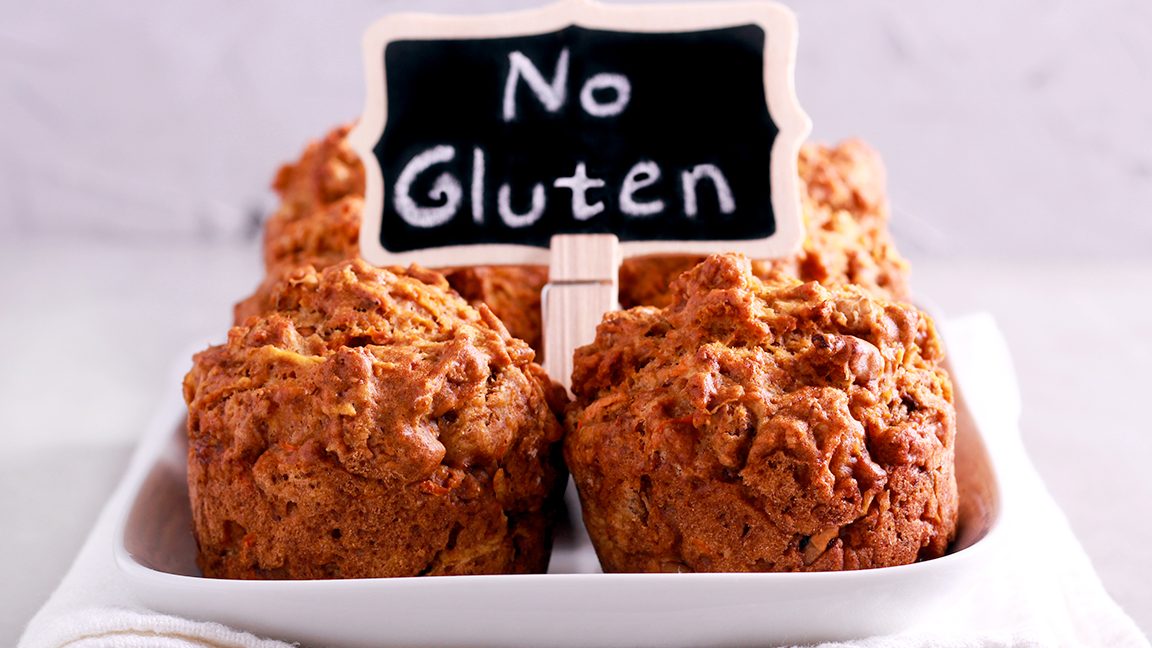Gluten is a group of proteins found in certain grains that play a crucial role in giving dough its elasticity and texture. For many people, gluten poses no health issues. However, for those with gluten-related disorders, consuming gluten can lead to various health problems. Understanding what gluten is and where it is found can help individuals make informed dietary choices and manage their health effectively.
What is Gluten?
Defining Gluten
Gluten is a composite of proteins found in wheat and related grains. The two main proteins in gluten are gliadin and glutenin. These proteins work together to:
- Provide Elasticity: Gluten gives dough its stretchiness, which helps it rise and maintain its shape.
- Improve Texture: It contributes to the chewy texture of baked goods, making them more enjoyable.
Gluten and Health
For most people, gluten is a harmless part of the diet. However, gluten can cause health issues for individuals with specific conditions:
- Celiac Disease: An autoimmune disorder where ingestion of gluten leads to damage in the small intestine. Symptoms include diarrhea, abdominal pain, and nutrient malabsorption.
- Non-Celiac Gluten Sensitivity: Individuals experience symptoms similar to celiac disease but without the autoimmune response or intestinal damage.
- Wheat Allergy: An allergic reaction to proteins in wheat, including but not limited to gluten.
Foods Containing Gluten
Wheat-Based Products
Wheat is the primary source of gluten and is found in many common foods:
- Bread: Most traditional breads, including whole wheat, white, and multigrain varieties, contain gluten.
- Pasta: Regular pasta made from wheat flour contains gluten. This includes spaghetti, macaroni, and lasagna noodles.
- Cereals: Many breakfast cereals contain wheat or wheat-derived ingredients.
Other Grains Containing Gluten
Besides wheat, several other grains also contain gluten:
- Barley: Found in products like malt (used in beer), certain soups, and some cereals.
- Rye: Commonly used in rye bread and rye-based cereals.
- Triticale: A hybrid grain of wheat and rye, often used in baked goods and cereals.
Processed and Packaged Foods
Gluten can be present in processed and packaged foods, often as an additive or in hidden forms:
- Sauces and Dressings: Soy sauce, some salad dressings, and gravies may contain gluten as a thickener or flavor enhancer.
- Snack Foods: Many snacks, including crackers, pretzels, and some chips, contain gluten.
- Processed Meats: Some processed meats like sausages or deli meats may include gluten-containing fillers or binders.
Gluten-Free Alternatives
Naturally Gluten-Free Foods
Several foods are naturally free of gluten, making them suitable alternatives for those with gluten sensitivity or celiac disease:
- Fruits and Vegetables: All fresh fruits and vegetables are gluten-free.
- Meat and Seafood: Unprocessed meats and seafood do not contain gluten.
- Legumes: Beans, lentils, and peas are gluten-free.
Gluten-Free Grains and Flours
There are several gluten-free grains and flours that can be used as substitutes in cooking and baking:
- Rice: A versatile grain used in a variety of dishes, including side dishes and main courses.
- Corn: Cornmeal, polenta, and other corn-based products are gluten-free.
- Quinoa: A high-protein grain that can be used as a substitute for rice or in salads.
- Almond Flour: Made from ground almonds and used in baking.
- Coconut Flour: Made from dried coconut meat and used as a gluten-free flour alternative.
Gluten-Free Products
Many products are now available in gluten-free versions, including:
- Bread and Baked Goods: Gluten-free breads, muffins, and cookies made with gluten-free flours.
- Pasta: Made from rice, corn, or gluten-free blends.
- Cereals: Gluten-free cereals made from rice, corn, or other gluten-free grains.
Managing a Gluten-Free Diet
Reading Labels
For those with gluten sensitivities or celiac disease, reading food labels is essential:
- Gluten-Free Labeling: Look for products labeled as “gluten-free” to ensure they meet safety standards.
- Hidden Sources: Be aware of hidden sources of gluten, including ingredients like modified food starch or hydrolyzed wheat protein.
Cooking and Baking Tips
When preparing gluten-free meals:
- Use Gluten-Free Recipes: Follow recipes specifically designed for gluten-free cooking to achieve the best results.
- Avoid Cross-Contamination: Ensure that cooking surfaces and utensils are free from gluten contamination.
Consulting Healthcare Providers
For individuals with gluten-related disorders:
- Professional Guidance: Consulting with a healthcare provider or dietitian can help manage a gluten-free diet effectively and ensure nutritional balance.
Gluten is a group of proteins found primarily in wheat, barley, rye, and their derivatives. While gluten is harmless for most people, it can cause significant health issues for those with celiac disease, gluten sensitivity, or wheat allergy. Understanding where gluten is found and exploring gluten-free alternatives can help individuals manage their health and make informed dietary choices. Whether through naturally gluten-free foods, specialized gluten-free products, or careful label reading, managing a gluten-free diet is achievable with the right knowledge and resources.

